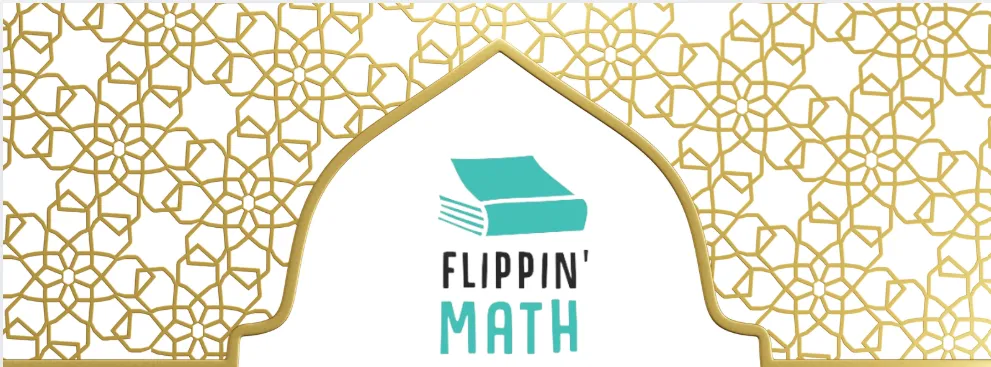
Terms of Service
(Flippin’ Math) Last updated: 2025
Welcome to Flippin’ Math. These Terms of Service are here to clarify how this space works and what to expect when you engage with the site, community, or services. They’re written to be clear and fair, not intimidating.
By accessing or using Flippin’ Math, you agree to these terms.
What Flippin’ Math Is
Flippin’ Math provides educational content and support related to learning mathematics. This may include written materials, videos, puzzles, courses, community discussion, and tutoring.
All offerings are educational in nature. They are not medical, therapeutic, diagnostic, or psychological services.
Tutoring & Educational Support
Tutoring and learning support are offered with a holistic approach to understanding math concepts and connections. While care is taken to meet learners where they are, Flippin’ Math does not guarantee specific outcomes, grades, test scores, or academic results.
Learning is personal, contextual, and influenced by many factors beyond any single session or resource.
Community Spaces
Flippin’ Math may include community spaces (such as Skool) where participants can engage with puzzles, discussions, and shared learning.
Participation is always optional. You are welcome to observe quietly or engage actively.
Community spaces may include a mix of adults, parents, and teens. Parents or guardians are responsible for the participation of minors under their care.
Respectful behavior is expected. Harassment, exploitation, or misuse of community spaces is not permitted.
Payments & Purchases
Some offerings may require payment, which is processed securely through third-party services such as Stripe. Flippin’ Math does not store full payment information.
Details regarding pricing, availability, refunds, or cancellations will be shared at the time of purchase or booking.
Intellectual Property
All original materials provided through Flippin’ Math — including text, lessons, puzzles, and designs — are the intellectual property of Flippin’ Math unless otherwise noted.
Materials are provided for personal use and learning. Redistribution, resale, or commercial use without permission is not allowed.
Changes & Availability
Flippin’ Math may evolve over time. Offerings may change, pause, or be discontinued as the work grows and adapts.
Contact
If you have questions about these terms or how something works, you’re welcome to reach out.
A Note on Intent
Flippin’ Math exists to make math feel more understandable, connected, and workable. These terms are here to support that goal, not to create barriers.
Math doesn't have to be so flippin' hard.
Flippin' Math is a calm learning space where we slow down, fill in what was missed, and rebuild understanding.
We paint a picture that actually holds together, because we believe that math works better when it's connected.
And we'll do it on a timeline that doesn't feel like you gotta hustle to catch up.
There’s no rush here.
How we approach math
Holistically
Flippin' Math is led by a teacher who focuses on how ideas connect, not just how problems are solved.
holistic (adjective)
characterized by the belief that the parts of something are interconnected and can be explained only by reference to the whole
When something doesn't quite connect, we notice it. And when there's a gap, we work through it.
When ideas start to link up, new learning gets easier.